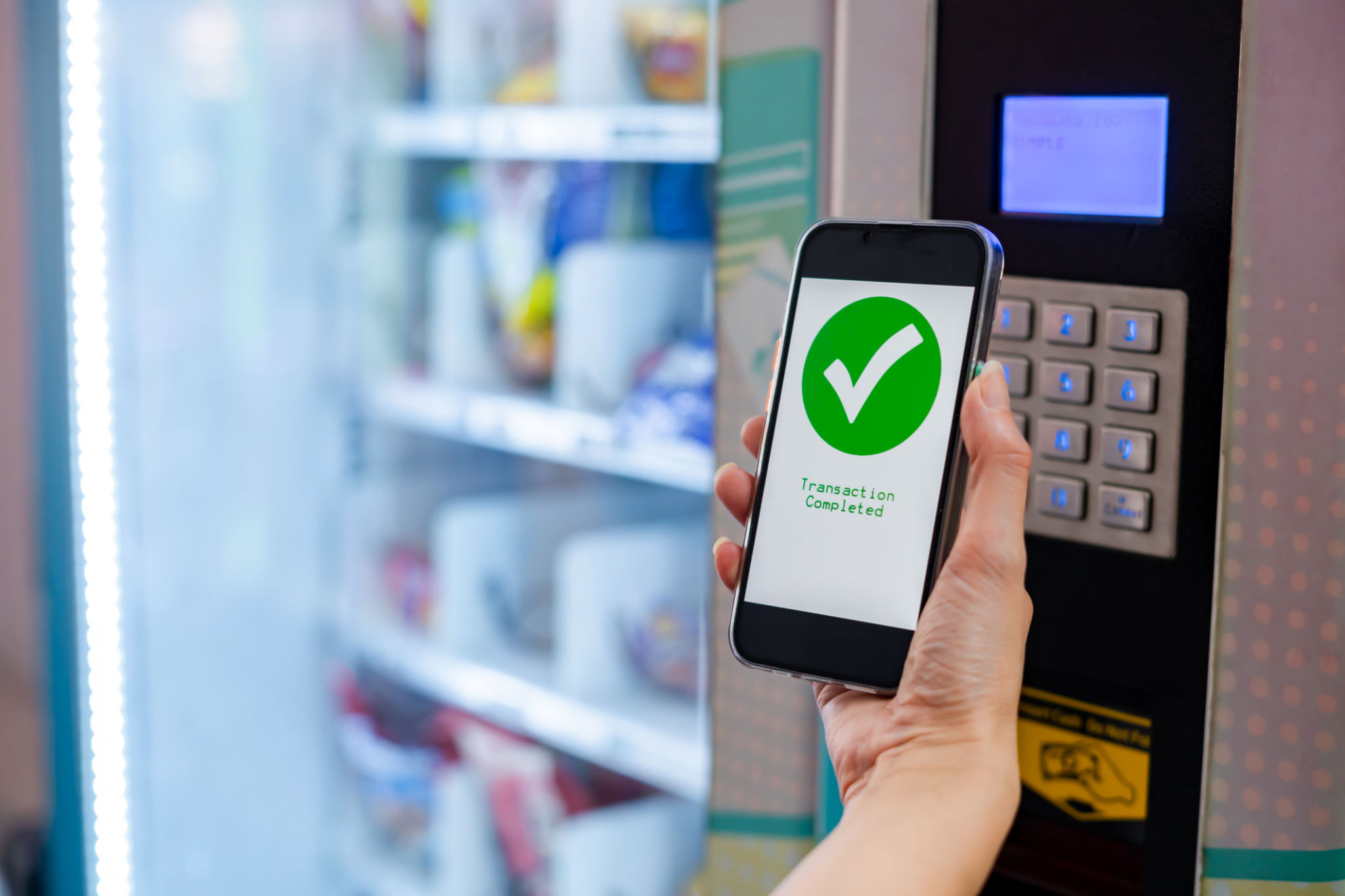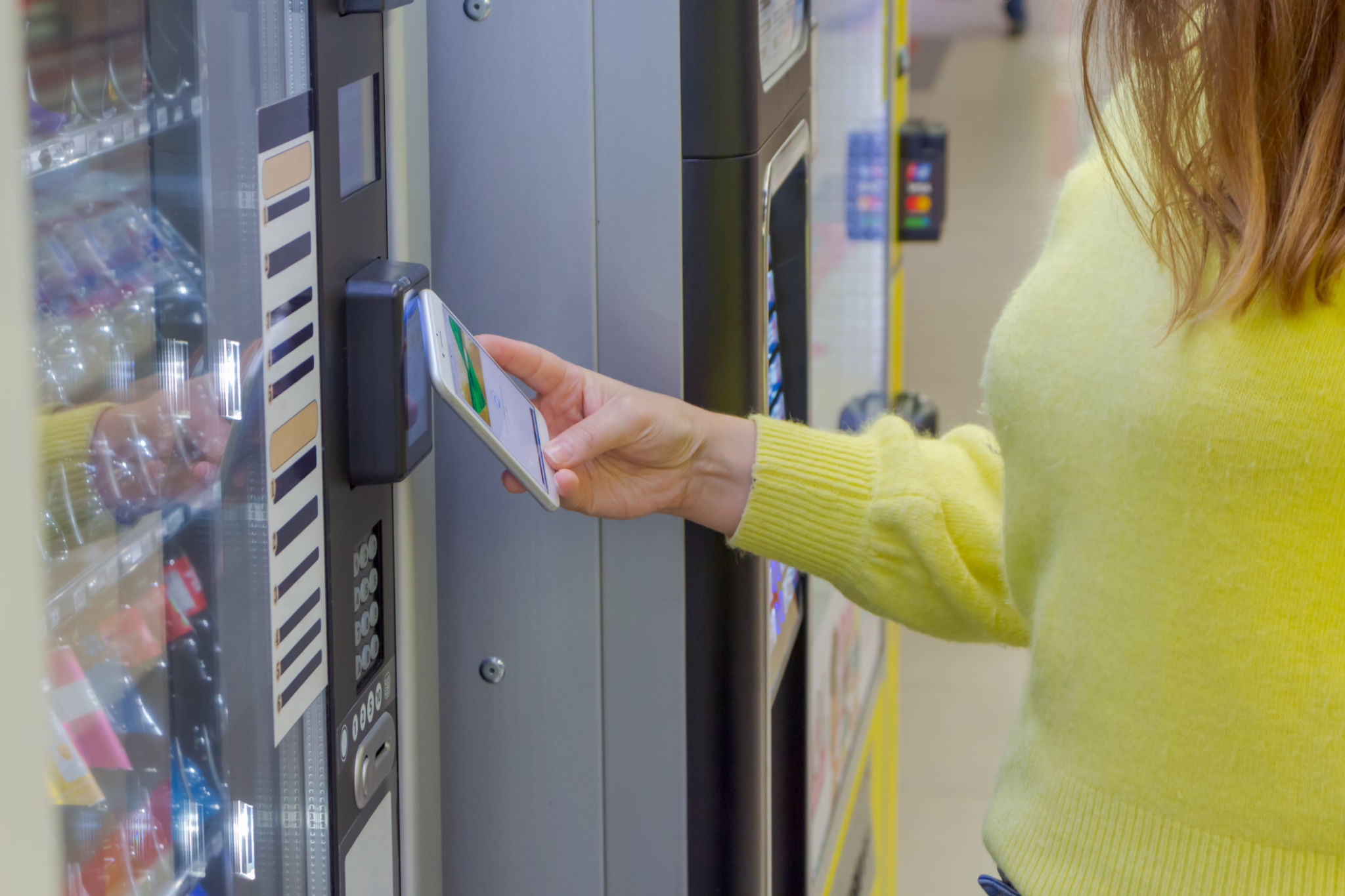How Do Vending Machines Work? A Comprehensive Guide to Understanding Their Mechanics
Vending machines are a ubiquitous part of our daily lives, offering convenience at the push of a button. These automated retail machines have evolved significantly since their inception, becoming more sophisticated and versatile. But have you ever wondered how vending machines work? In this comprehensive guide, we'll explore the mechanics behind these fascinating devices.
Basic Components of a Vending Machine
At their core, vending machines consist of several essential components that work together to facilitate the dispensing of products. These components include the money handling system, the product delivery system, and the control system. Each plays a crucial role in ensuring the smooth operation of the machine.
The money handling system is responsible for accepting and verifying currency. It can process coins, bills, and even credit/debit card transactions in modern machines. Once the payment is verified, the control system signals the product delivery system to release the selected item.

The Money Handling System
The money handling system is a complex setup designed to authenticate various forms of payment. Coin acceptors are equipped with sensors to differentiate between valid and counterfeit coins by analyzing size, weight, and material composition. Bill validators use optical sensors to verify the authenticity of banknotes. Additionally, many modern vending machines include card readers for cashless transactions.
Upon verification, the accepted currency is stored in separate compartments. Some machines also provide change, utilizing a reservoir of coins to dispense the exact amount back to the customer if needed.
The Product Delivery System
The product delivery system is responsible for safely delivering the selected item to the customer. This system includes motors, spirals, or conveyor belts that move the product from its resting place to the dispensing area. When a selection is made, an electric signal prompts these components to engage, ensuring that the correct item is delivered.

In snack vending machines, spiral coils rotate to push items forward until they drop into the retrieval tray. Beverage machines often use an elevator system to gently lower drinks without agitation. The goal is to prevent damage and ensure customer satisfaction.
The Role of Technology in Modern Vending Machines
Technology has revolutionized vending machines, making them more user-friendly and efficient. Many modern machines are equipped with touchscreens, allowing users to browse options and make selections more intuitively. They also feature wireless connectivity for real-time inventory management and maintenance alerts.

Additionally, artificial intelligence is being integrated into some vending systems to predict consumer preferences and optimize stock levels accordingly. This minimizes waste and ensures popular items are always available.
Security Measures
Security is a vital consideration in vending machine design. To prevent theft and vandalism, machines are constructed with robust materials and feature security locks. Advanced models may include surveillance cameras and alarm systems to deter potential threats.
Regular maintenance checks ensure all components function correctly, reducing downtime and preventing unauthorized access. Operators often employ monitoring software for remote diagnostics and troubleshooting.
Conclusion
Understanding how vending machines work provides insight into the intricate mechanics that make these devices so reliable and convenient. From accepting payments to delivering products securely, each component plays a critical role in the machine's operation. As technology continues to advance, we can expect vending machines to become even more sophisticated, offering greater convenience and efficiency for consumers worldwide.